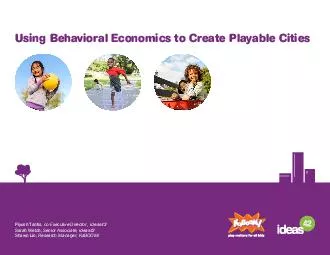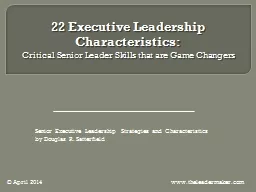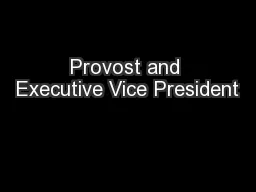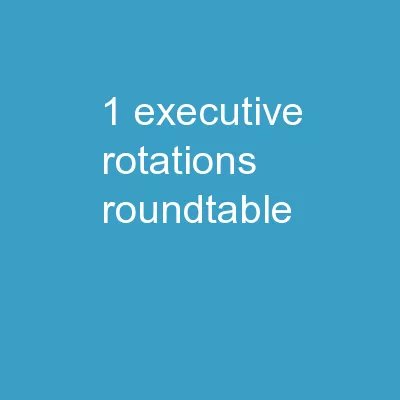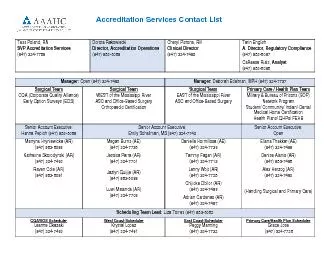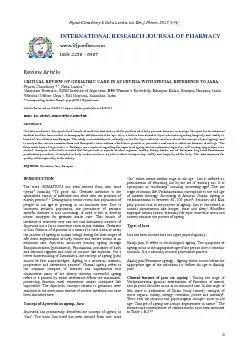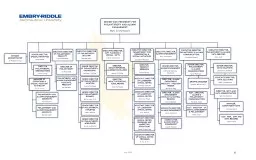PDF-Piyush Tantia, co-Executive Director, ideas42Sarah Welch, Senior Asso
Author : liane-varnes | Published Date : 2015-09-25
page 1 Using Behavioral Economics to Create Playable Cities page 2We believe that the wellbeing of society begins with the wellbeing of children This is why we146re
Presentation Embed Code
Download Presentation
Download Presentation The PPT/PDF document "Piyush Tantia, co-Executive Director, i..." is the property of its rightful owner. Permission is granted to download and print the materials on this website for personal, non-commercial use only, and to display it on your personal computer provided you do not modify the materials and that you retain all copyright notices contained in the materials. By downloading content from our website, you accept the terms of this agreement.
Piyush Tantia, co-Executive Director, ideas42Sarah Welch, Senior Asso: Transcript
Download Rules Of Document
"Piyush Tantia, co-Executive Director, ideas42Sarah Welch, Senior Asso"The content belongs to its owner. You may download and print it for personal use, without modification, and keep all copyright notices. By downloading, you agree to these terms.
Related Documents

